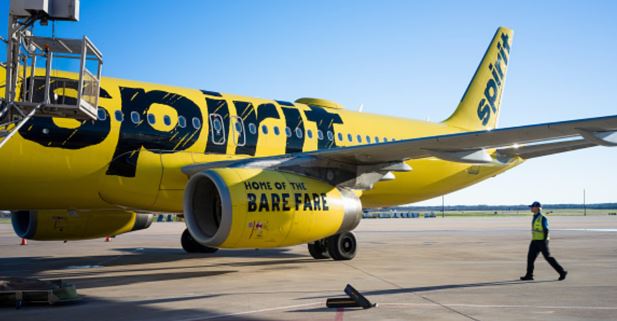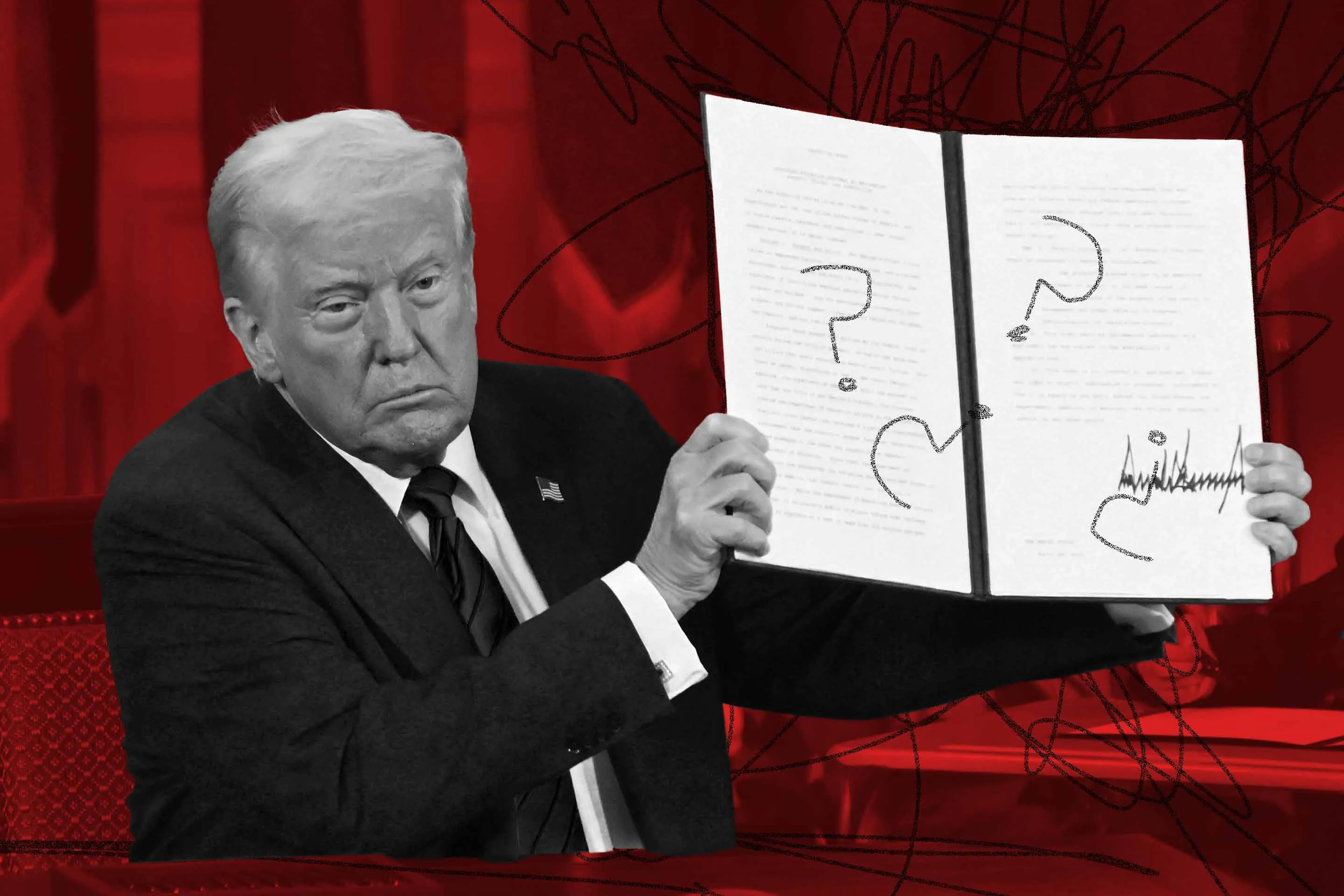Spirit Airlines Nears Potential Bankruptcy as Talks with Bondholders Advance

Spirit Airlines is reportedly in advanced negotiations with bondholders and may be preparing to file for bankruptcy protection within the coming weeks, sources told The Wall Street Journal. This development comes as Spirit, a major player in the U.S. budget airline industry, faces mounting financial challenges exacerbated by high operational costs and stiff competition.
Sources close to the situation say that Spirit is exploring restructuring options that would allow it to reorganize its debt while continuing to operate. A bankruptcy filing would enable Spirit to renegotiate its obligations with bondholders and suppliers, potentially easing the financial strain on the airline as it navigates a challenging economic landscape for the aviation sector. Spirit has not officially commented on the potential bankruptcy, but the move signals that the airline’s liquidity issues are reaching a critical point.
Spirit’s financial difficulties have been compounded by a rise in fuel costs, inflation-driven increases in operating expenses, and a highly competitive low-cost airline market. Although the airline initially benefited from a surge in post-pandemic travel demand, recent pressures, including economic uncertainty and shifts in consumer spending, have impacted revenues. In addition, Spirit’s planned merger with JetBlue has faced regulatory scrutiny, further complicating its financial strategy.
If Spirit proceeds with a bankruptcy filing, the airline could continue to operate flights while it restructures under Chapter 11 protection, aiming to stabilize its finances and maintain its market presence. However, passengers and investors may face uncertainty as the airline works through its reorganization.
This potential bankruptcy highlights the growing difficulties for budget airlines attempting to balance low fares with rising operational costs, and the outcome of Spirit’s bondholder negotiations could have significant implications for the U.S. low-cost carrier market.




